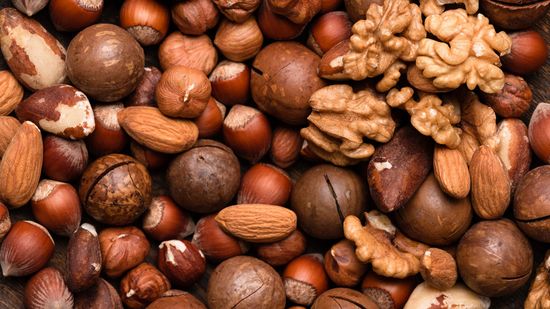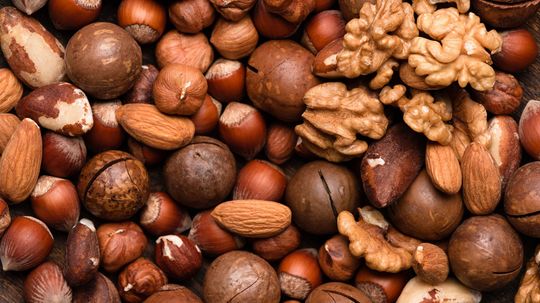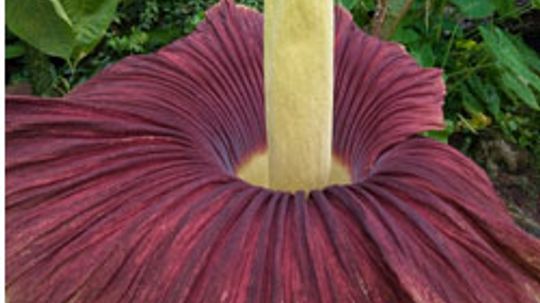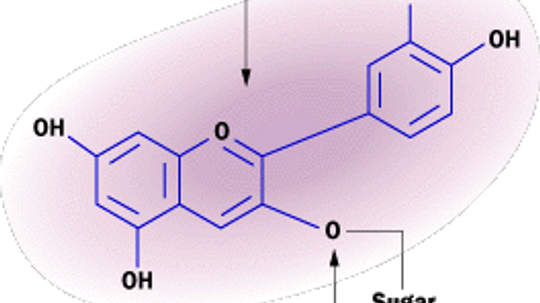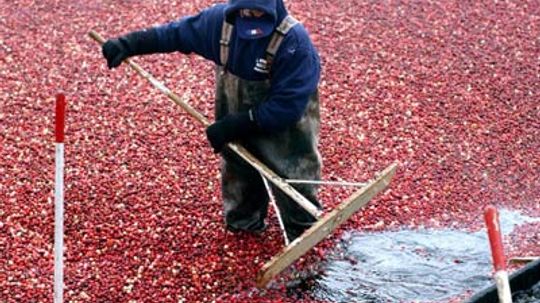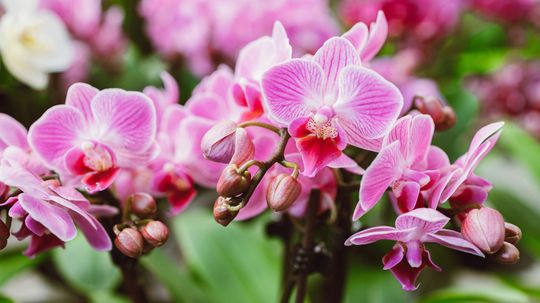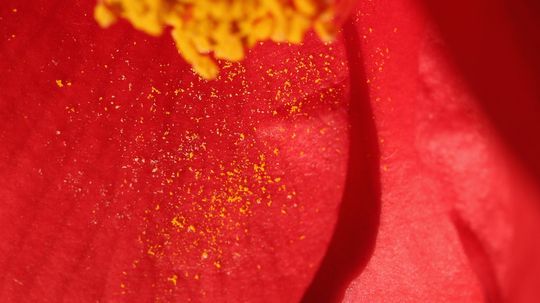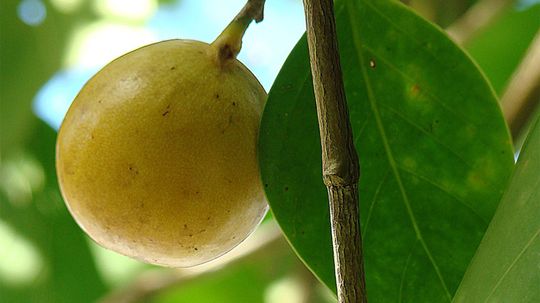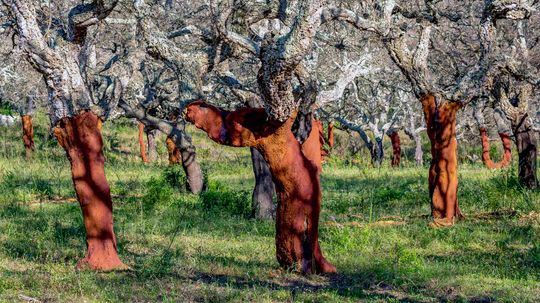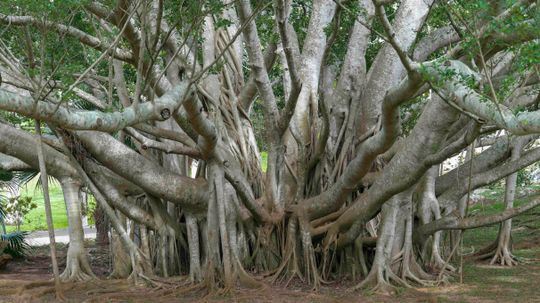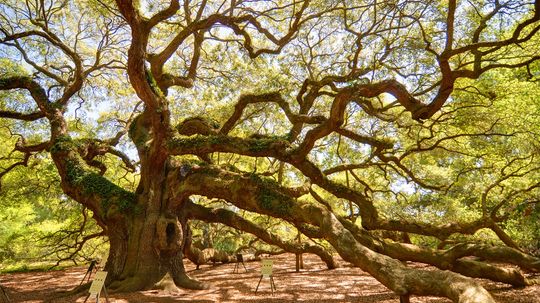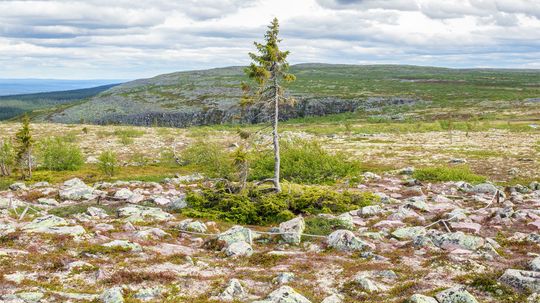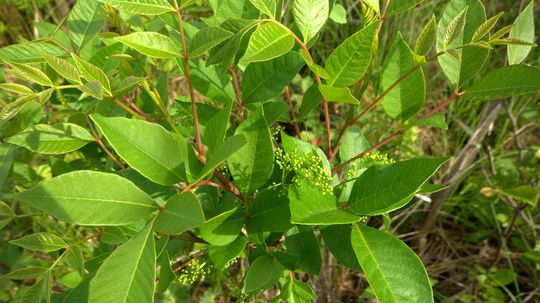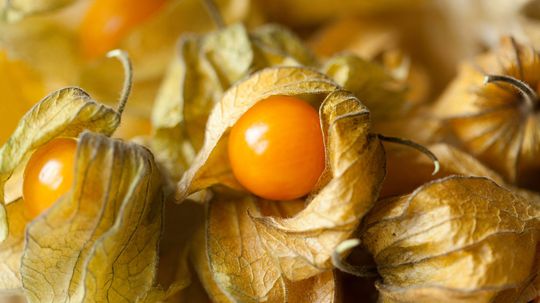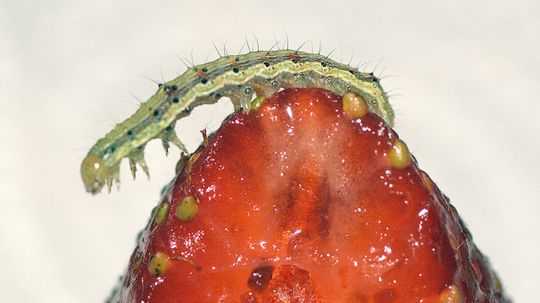Botany
Botany is a branch of biology focused on the study of plant life. Learn about the science of botany in this section.
Learn More
Time to get nutty! How much do you know about all of the different types of nuts out there? Take this quiz and find out!
By Alia Hoyt
Researchers are studying the chemistry behind what makes cats go crazy for catnip. And whether or not the chemical compound could have medicinal benefits for treating diseases like cancer.
The Titan Arum is also known as the "corpse flower" because of its rotting-flesh scent. The flower rarely blossoms, even in the wild. See pictures of the corpse flower in this gallery.
Advertisement
Nature uses color in lots of different ways. Find out why some types of cabbage are purple and what this means.
Urushiol is the active chemical in poison ivy. Learn more about urushiol and how to properly remove poison ivy.
Many people think of cinnamon simply as a condiment that makes sweet treats taste even better, but the spice has had many, diverse uses over time. Could it have some medicinal properties, too?
By Diana Bocco
How can something as delicate and delicious as a cranberry thrive in something as filthy as a bog? Blame it on the durability of this most unusual and hardy plant.
By Russel Avery
Advertisement
Orchids might be the sexiest flower in the greenhouse. Its very name comes from the Greek word for "testicle!" And its reproduction methods are pretty exotic too.
By Alia Hoyt & Desiree Bowie
Pollen grains are, in essence, plant sperm. But how do the grains get where they need to go, and what's the advantage of trusting your genetic future to the winds?
Found along beaches and in the mangrove swamps of tropical climates, the fruit of the manchineel tree was called the 'little apple of death' by Spanish conquistadors.
By Katie Carman
Cork is the go-to material for wine stoppers and bulletin boards. So are we really running out of it? And if so, what happens?
By Wendy Bowman
Advertisement
Requiring little care and upkeep, daffodils are bright, showy perennials that symbolize rebirth and new beginnings.
By Wendy Bowman
These majestic trees send their roots down in pillars from branch to ground, can form a canopy over 80 feet high and can live to be 250 years old.
On Johns Island, South Carolina, stands an oak tree so big and beautiful that people come just to stand under its branches and feel the magic.
Like pretty well all living things, plants are equipped with natural defense mechanisms that help protect them from all the vicious animals out there that might want to eat them. In addition to stinging spikes and thorns, some plants are filled with deadly toxins that can make us violently ill or even kill us if […] The post The 12 Deadliest Plants In The World appeared first on Goliath.
By Wes Walcott
Advertisement
You can't find trees taller than these behemoths. But do you know which is the tallest tree in the world?
In the quest for the title of world's oldest tree, there's some stiff competition, as well as questions surrounding the way we define "oldest."
By Laurie L. Dove & Sascha Bos
Poison sumac is even more toxic than its cousins, poison ivy and poison oak, in its ability to cause allergic reactions and respiratory problems.
By Alia Hoyt
Hundreds of crops in developing countries are relatively unknown in the developed world because they're often hard to grow or export. But scientists have found that CRISPR editing can speed up traditional plant breeding techniques.
By Dave Roos
Advertisement
A massive white oak in the hometown of the University of Georgia has many wondering whether a tree can even have legal rights — and about the future of the environmental and animal rights movements.
By Jamie Allen
Thinking allows us to solve problems, plan ahead and defend ourselves from outside threats. It's what separates us from "lower" life-forms like plants, right? Well, maybe not.
Though they may be stuck in one place, plants have proven to possess a surprising array of capabilities. But the ability to feel pain? Scientists are learning that the possibility isn't as crazy as it sounds.
An interesting defense mechanism recently observed in tomato plants has caterpillars turning on themselves rather than remaining vegetarian.
Advertisement
Mangroves provide a habitat for wildlife such as fish, birds, deer and insects. They also stabilize shorelines, protect against storm surges and improve water quality. What's not to love?
Snake plants are attractive and virtually ironclad houseplants, almost impossible to kill, though some of the hype about them acting as air purifying filters has been overblown.
